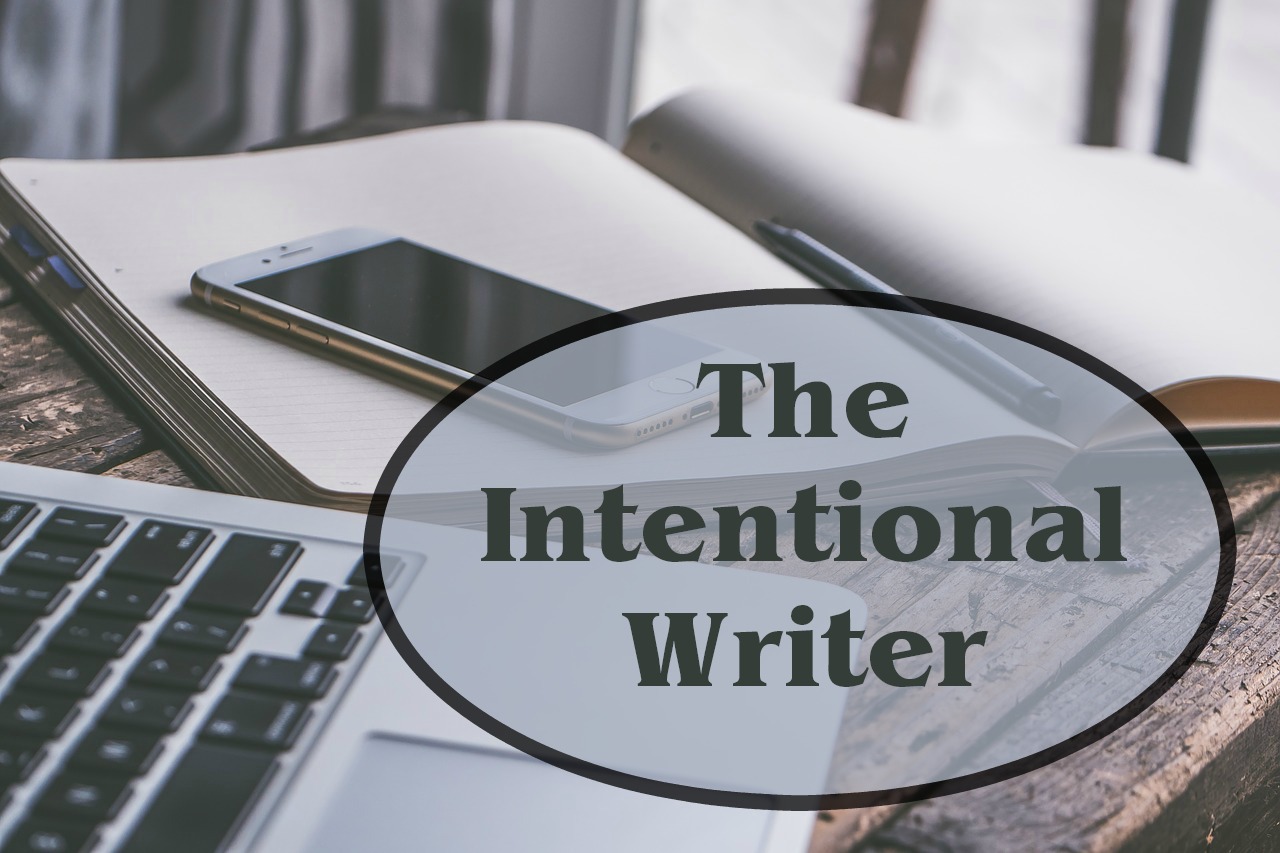Do you struggle to find the right words to describe your characters’ emotions? I certainly do. Description and portraying emotions are not my strong suit. Since I know this is a weakness, I’ve looked for tools that help me improve this skill.
My best writer’s tool for helping me over this hurdle is The Emotion Thesaurus: A Writer’s Guide To Character Expression by Angela Ackerman & Becca Puglisi.
What is an emotion thesaurus, and why do you need one?
The blurb on the back cover reads:
One of the biggest problem areas for writers is conveying emotion to the reader in a unique, compelling way. When showing our characters’ feelings, we often grab onto the first idea that comes to mind, and out characters end up smiling, shrugging, nodding, and frowning far too much.
Guilty as charged!
My first drafts contain far too many instances where characters are shrugging, smiling, nodding and frowning. That is why the emotion thesaurus is so helpful.
What does The Emotional Thesaurus offer?
This extremely practical book provides an alphabetical listing of 75 emotions from Adoration to Worry. Each emotion provides a two-page spread listing the following information:
- A definition of this emotion
- Physical signals (bouncing a foot, fanning oneself, a scathing tone…)
- Internal sensations (fatigue, heat rising behind the eyelids, grinding one’s teeth)
- Mental responses (irrational reactions, self-loathing, a lack of concentration)
- Cues that this emotion is acute or long-term (an inability to move on, failing grades)
- Cues this emotion is being suppressed (sitting unnaturally still, smoothing one’s clothing)
- A list of emotions this emotion might escalate to (For example, disgust could move to scorn, fear, or anger.)
- A writer’s tip related to the emotion.
That’s a lot of very useful information packed into two pages!
How can The Emotion Thesaurus help you?
One of the basic writing mantras is “Show, Don’t Tell.” The Emotion Thesaurus helps us do exactly that, giving us words to show a person’s anger with actions like sharp gestures, cutting people off when they speak, or flaring nostrils.
In addition, the authors point out that majority of communication between people occurs with nonverbal signals. Therefore, dialogue alone can’t portray all a reader needs to know to experience a scene. It’s critical to include emotional details in our writing via descriptive language and action.
Learning to describe character emotions in specific and compelling ways will also help us avoid writing pitfalls such as reliance on cliches (mad as a hornet, steam coming out his ears, quivering knees that knock together).
And with 75 emotions to choose from, the book helps us select emotions of the proper intensity for the scene, thus avoiding melodrama (emotions that feel too intense) or monotony (where all emotions remain the same intensity instead of rising and falling like real life).
I hope I’ve convinced you how useful this book can be. Now, excuse me while I follow my own advice and replace some of the smiling, nodding, shrugging and frowning with more interesting and compelling descriptions.
But wait, there’s more!
The Emotion Thesaurus concept proved so popular that the authors have adapted it to cover other subjects, such as:
- Positive and negative traits
- Conflicts and wounds
- Setting
You can find more about The Emotional Thesaurus and all the companion products at the authors’ website, Writers Helping Writers.
If you want to take your emotional descriptions to the next level, I suggest you get a copy of The Emotional Thesaurus today.

Lisa E. Betz is an engineer-turned-mystery-writer, entertaining speaker, and unconventional soul. She inspires others to become their best selves, living with authenticity, and purpose, and she infuses her novels with unconventional characters who thrive on solving tricky problems. Her Livia Aemilia Mysteries, set in first-century Rome, have won several awards, including the Golden Scroll Novel of the Year (2021).
She and her husband reside outside Philadelphia, Pennsylvania, with Scallywag, their rambunctious cat—the inspiration for Nemesis, resident mischief maker in her novels. Lisa directs church dramas, hikes the beautiful Pennsylvania woods, eats too much chocolate, and experiments with ancient Roman recipes. Visit lisaebetz.com.




No Comments